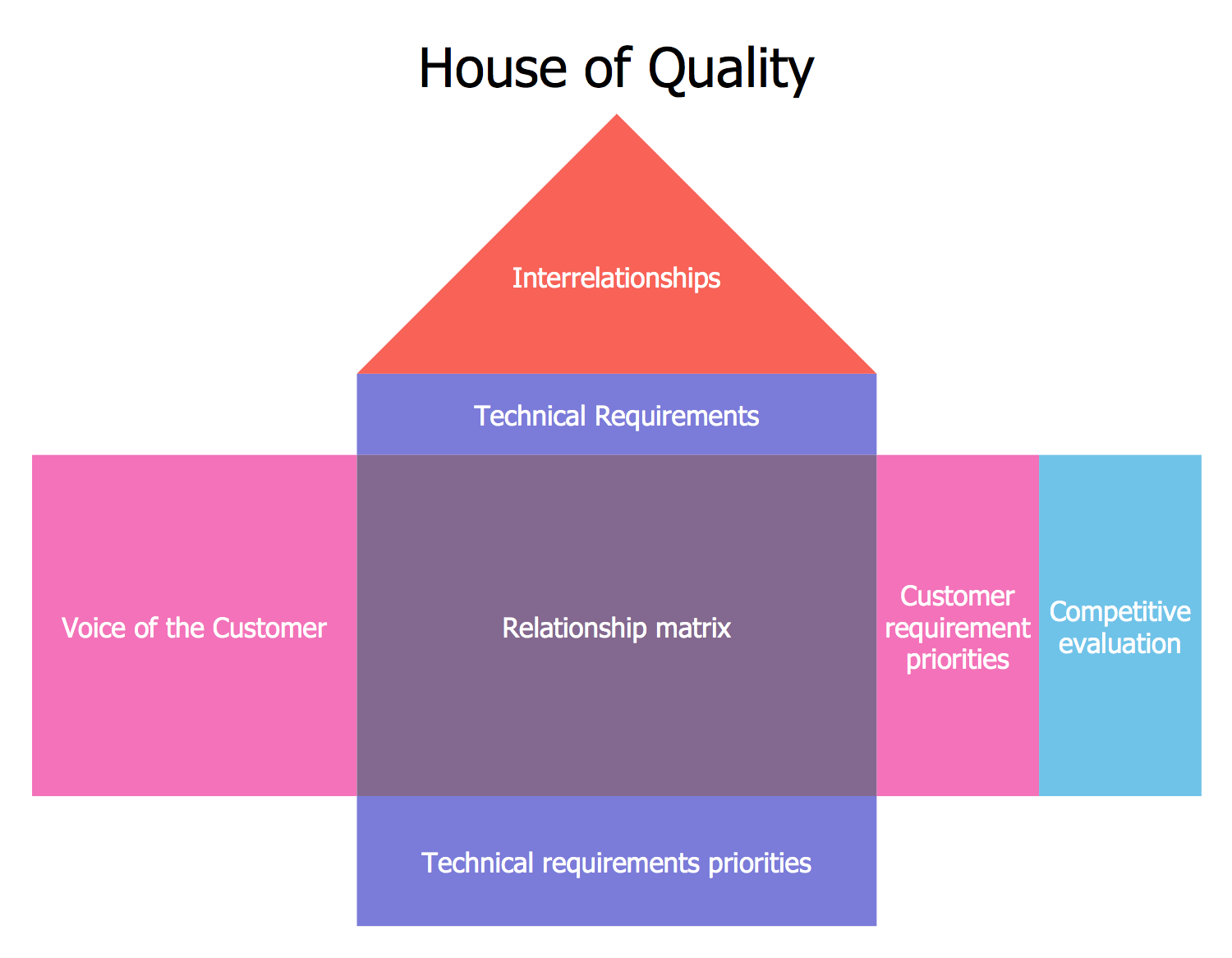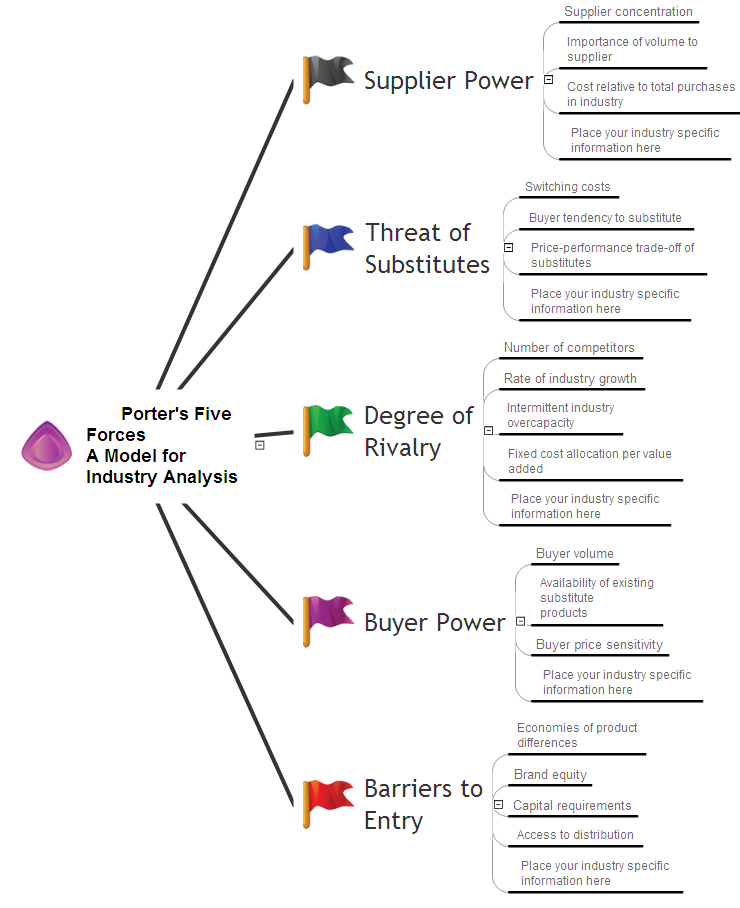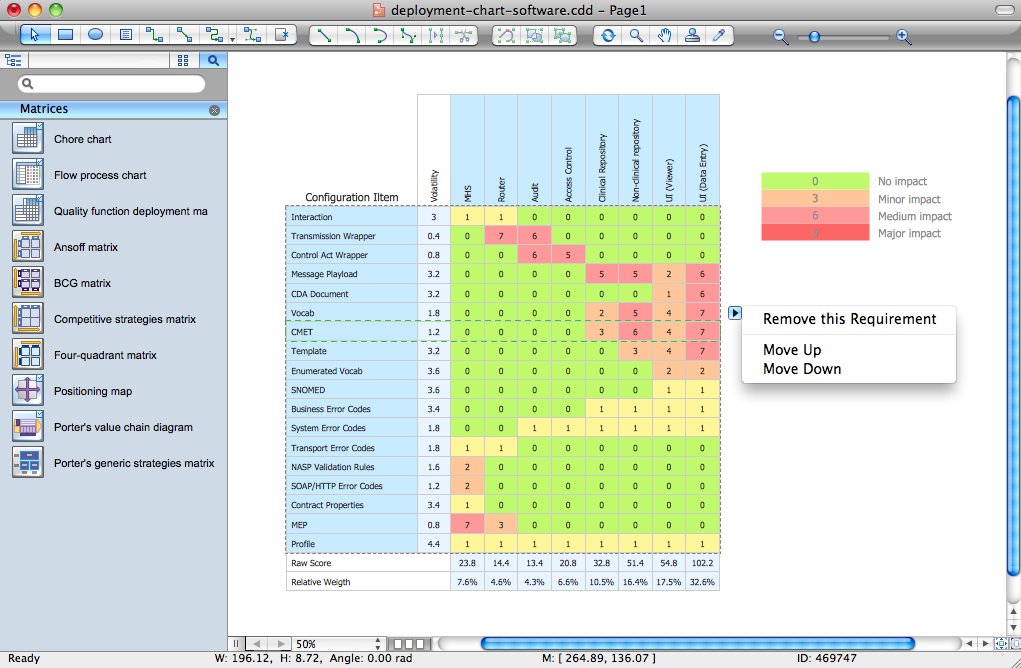Product Planning
One of the most popular structured methods of defining the customer needs as well as the requirements is the so-called “Quality Function Deployment”. Once the needs are determined, they can be compared with the pre-made product specifications. Thus, it is one of the useful ways for capturing the so-called "voice of the customer."
As long as there are the customer specifications which are recorded by using any of so many different methods, the customer requirements can be plotted in a weighted matrix called as the matric of product planning. The interactions between such requirements and product specifications can usually be well-observed which provides a particular understanding of what the exact elements of the product can satisfy the needs of the customers. In this way, such process can help ensure that the produced product is the one of high quality.
Any product planning matrix can be also named as the "house of quality". Being a matrix that can organize all the needed customer requirements as well as the product design ones into some particular structure and analyze the interactions between such requirements, a product planning matrix can be created with the help of ConceptDraw DIAGRAM diagramming and drawing software with the help of the House of Quality solution that is the one which contains all the needed tools, such as the design elements and the pre-made templates to complete the drawing within a short period of time.

Pic. 1. House of Quality
The specific customer requirements can be weighed due to its importance. Later, the strength of the interactions can be inputted on the previously described matrix and the result can be a rating of importance as well as a target specification that can be used for the product requirements.
Any product planning matrix can also include a particular evaluation of the competitor products taking into consideration the customer requirements. It can help a designer establish where their company ranks among its competitors. Sometimes, such analyzing competition is simply necessary for producing more field research and surveys.
Any product planning matrix consists of the Customer Requirements, Product Design Requirements, Relationships, Interactions, Competitive Evaluation, Technical Evaluation, Target Value, Technical Difficulty and Importance Ratings.
The customer requirements should be listed to the left of the matrix where their importance in the next column is mentioned. This described column is simply a list which depicts the already mentioned "voice of the customer" which was previously captured in the surveys after the research is done. Within this column, it is possible to value the importance of each of the requirements that are specified by the constructor of the product planning matrix.
The product design requirements can be listed as the column headers of the matrix, being established for responding to the customer requirements. The mentioned requirements can be organized into different categories that can be related to such requirements. To exercise the advantage of any product planning matrix, the design requirements should be both meaningful and measurable, as well as globally conveyed. It is always important to ensure that all the requirements are related to the customers’ requirements and that all of them have been addressed in an appropriate way. It is never as helpful to make ten requirements that measure up to three customer attributes having only a few that are related to the rest.
The key on the upper right of the example describes the measurements for relationships between both customers’ and product designer’ requirements. There can be three degrees of relationships: weak, moderate, and strong. The product planning matrix can plot all the relationship values in each of the cells of the product design requirements vs. customer requirements matrix. Those relationships of requirements that are unrelated can be left blank.
The Interactions can be listed on the top of the row of the product design requirements, describing the importance of interactions between each of the product design requirements. This listing of interactions can be also illustrated in the form of a triangle which resembles a roof to a house. There can be illustrated different values, such as “strong positive” one, “mid positive” one, “mid negative” one and “strongly negative” one.
The cells of the triangle should be filled in accordance with the interactions and the non-related ones can be left blank. It is very important to understand the value of the mentioned interactions. Positive ones are always optimal, meaning that both product requirements can be implemented with no trade-offs involved. At the same time, too many positive interactions can mean redundancy in the product design requirements. The negative interactions are simply the key ones for a reason of the trade-offs have a substantial effect on the quality of the product design, which depends on the weight of the customer requirements as well as the relationship between product and customer requirements.
The right-side column of the matrix is used for evaluating the current product against competitor products, taking into account the customer requirements. This drawing can be a challenge as the strengths and weaknesses can be seen in the competitors, establishing the breakthrough attributes of the product which may result in an optimal market entrance.
The fourth to bottom row may state the relationship between the competitors and the current product in terms of the product design requirements. Next are Target Value and Importance Ratings: these values can be mentioned within the matrix as well if it is needed.

Pic. 2. House of Quality solution
Once the product planning matrix needs to be constructed, you can do it with the help of the ConceptDraw DIAGRAM diagramming and drawings software, same as the ConceptDraw STORE application and the House of Quality solution, in particular.

